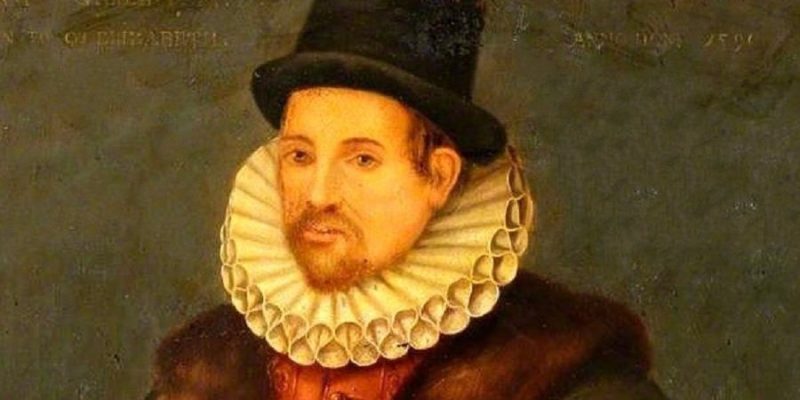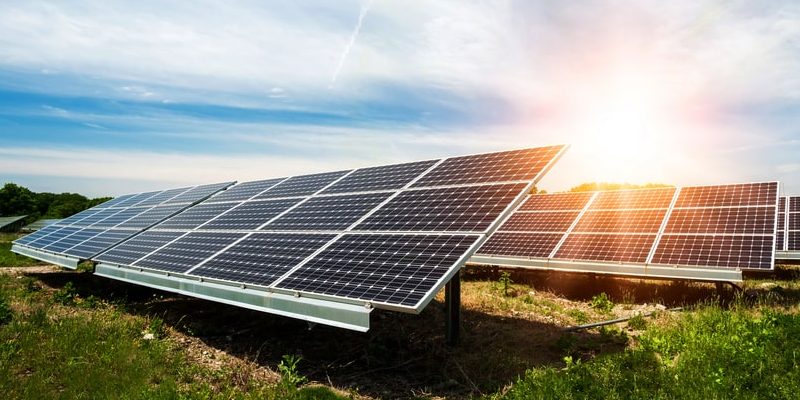We explain what electricity is, what its history is like and the types that exist. Also, what are its characteristics, transmission and examples.
What is electricity?
Electricity is a set of physical phenomena that are derived from the existence and flow of electrical charges .
Electricity is a consequence of the composition of matter , more precisely, of the existence of electrons : subatomic particles that have an electrical charge, conventionally designated as negative (-).
We commonly refer to electrical energy as electricity , even though they are not exactly the same thing.
Electric energy is a consequence of the flow of electrons through a conductive material (electric current) and is a highly versatile form of energy , fundamental in contemporary human life .
Electricity is one of the phenomena that takes place within the area of physics called electromagnetism . The electromagnetic force is one of the four fundamental forces (along with gravity and the weak and strong nuclear forces) of nature.
Electricity today is generated, transported, stored and consumed , that is, transformed into other types of energy useful to man: thermal, kinetic, chemical, light, etc.
Origin of electricity
Electricity is a natural interaction that affects the atoms from which matter is made.
Atoms are naturally electrically neutral , that is, they have no electrical charge. When an atom loses or gains electrons, it changes its electrical state to obtain a charge, positive if it loses electrons and negative if it gains them.
There are different phenomena that can induce this effect in matter, generating electrical imbalances (electrification) that can then generate electrical currents.
For example, the rubbing of some fabrics (such as wool) can generate perceptible static electricity.
History of electricity

Since ancient times, humanity has sensed the presence of electricity , when observing it in nature.
However, its formal study began with the Scientific Revolution of the seventeenth and eighteenth centuries, and only in the nineteenth century could it be applied for domestic and industrial uses.
At that time, the English philosopher William Gilbert dedicated himself to the study and differentiation of the phenomena obtained by rubbing amber (static electricity) and that of magnetite (magnetism), despite being similar in their attraction to small objects.
This was the beginning of the discovery of the fields of electricity and magnetism , the relationship of which would be understood much later.
The great scientists in charge of understanding electricity were mostly from the 18th century: Cavendish, Du Fay, van Musschenbroek, and Watson , as well as Galvani, Volta, Coulomb, and Franklin.
Already at the beginning of the 19th century, Ampère, Faraday and Ohm joined , as well as James Clerk Maxwell, who formulated for the first time the unifying equations of electricity and magnetism.
Types of electricity

There are two fundamental types of electricity:
- Static electricity . It is that generated around a load at rest or stillness, that is, it does not move or flow. For example, when a piece of amber is rubbed with a piece of wool or a dry cloth, an electronic imbalance occurs in the amber, giving it an electrical charge. The rubbing causes electrons to move from the cloth to the amber, leaving the amber negatively charged and the cloth positively. This charge resides in the amber until it is balanced in some way (with the atoms of the air or our body, for example).
- Dynamic electricity . It is that generated around a moving charge, that is, the flow of an electric charge: electric current. This requires a permanent source of electricity that flows electrons through the body of a conductive material, which is really useful.
What is electricity for?
Electricity is a very powerful and versatile phenomenon , which is used to power all kinds of devices and chemical reactions, and which can be converted into other forms of usable energy.
For example, it can be used to generate heat using resistors , allowing you to heat a room or even cook food. It is also used to generate light through bulbs, or to start a motor and generate movement.
Electricity powers electronic devices capable of a myriad of purposes , from ringing a bell to performing arithmetic operations.
How is electricity manifested?

Electricity manifests itself in a set of phenomena and physical properties:
- Electric charge . All atoms are naturally neutral since they have the same number of electrons as protons (elementary particles present in atomic nuclei with the opposite charge to the electron). Under certain conditions, the atoms of some materials can lose, gain or order their electrons and thus interact electromagnetically with other materials.
- Electric current . It is the flow or displacement of electrons through a conducive material (conductor).
- Electric field . Electric charges at rest generate electric fields around them, affecting any other charges in their vicinity. If an electric charge moves, then it also generates a magnetic field. Both are related and are called the electromagnetic field.
- Electric potential . It is the ability of an electric field to do work.
- Magnetism . Electricity and magnetism are closely related: electric current generates magnetic fields and magnetic fields, which vary over time , produce electric current.
how is generated the electricity?

Electricity is generated in various types of power plants , usually through electromagnetic generators that, through the movement of turbines, sustain a difference in electrical potential between two points.
This movement is generally driven by rising water vapor or other forces, such as those generated by the wind or falling water acting on a turbine. Thus, generators move a magnetic field (like a magnet or electromagnet) on conductive materials, and generate an electric field.
Another way to generate electricity is through photovoltaic cells - artifacts that absorb photons from sunlight and generate a flow of electrons in response.
How is electricity transmitted?
Another vital issue in the management of electricity is its transmission from the source of generation to the place of consumption. For this, there are cables made of conductive material .
But there is a dilemma: the greater the distance, the greater the loss of electrical charge . This is because even conductive materials are strong to some extent.
To solve this drawback , high voltage lines are used , that is, cables with a very high voltage difference so that the current manages to cover a greater distance with less losses due to heating and electromagnetic effects.
However, high blood pressure has two problems : on the one hand it is useless in domestic terms, since it requires moderate stresses and, on the other hand, it is risky.
Key to solving these problems was the invention of the transformer : an instrument that modifies voltage values and allows the use of high voltage for transport and low voltage for consumption at the destination.
Electric conductivity

Electrical conductivity is the ability of matter to allow the passage of electrical charges. It is a quantity contrary to resistivity.
Depending on their nature, the materials may be:
- Conductive materials . They allow the transit of electrons on their surface, once exposed to electricity. The best known conductors are metals and some versions of carbon , as well as most salts . In this process, part of the electrical charge is usually lost and heat is generated.
- Dielectric or insulating materials . They do not allow the passage of electricity and, for this reason, they are used as protectors and cable covers. For example: glass , Bakelite or plastics .
- Semiconductor materials . They allow the passage of electricity under certain conditions ( temperature , pressure, etc.), while in others they act as an insulator. For example: silicon, cadmium or germanium.
- Superconducting materials . They allow the passage of electricity without incurring any wear or loss of charge, as long as they are in certain temperature conditions. This is what happens to tin and aluminum when they cool down below their critical temperature.
Electricity in nature

Electricity can be observed in nature, in cases like the following:
- The lightning bolts . Lightning during a storm occurs due to the imbalance of the electrical potential between the atmosphere and the ground , due to the friction of clouds and water droplets with the air, which is charged with electrons, giving rise to static electricity. This is solved by a rapid and violent discharge in the form of lightning.
- Bioelectricity . Some animals are capable of generating electric fields for defense, such as electric rays or some eels. Others, on the other hand, can perceive the magnetic fields generated by the electrical charge inside living bodies and thus detect their prey. On the other hand, nerve impulses are small electrical discharges and the brain operates on electricity.
- The terrestrial magnetosphere . Anyone who has seen an aurora borealis knows that the Earth has a magnetic field around it, which protects it from solar radiation and cosmic rays. This magnetic field is the one detected by compasses and is produced by the rotational movement of the planet, given its heart of iron (the magnetic metal par excellence).
Examples of electricity
Some common examples of electricity are all around us:
- The energy we use when plugging an appliance into the wall socket.
- The shock we feel when we take a wool sweater out of the dryer and put it on.
- The energy we draw from a battery to light a flashlight bulb.
MA student of the TransAtlantic Masters program at UNC-Chapel Hill. Political Science with a focus on European Studies. Expressed ideas are open to revision. He not only covers Technical articles but also has skills in the fields of SEO, graphics, web development and coding. .
Leave a reply
Your email address will not be published. Required fields are marked *Recent post

Sport: What Is It, Types, Risks, Features, Characteristics and Examples

Dogs: Emergence, Features, Characteristics, Feeding and Breeds

Story: Definition, Elements, Structure, Features and Characteristics

